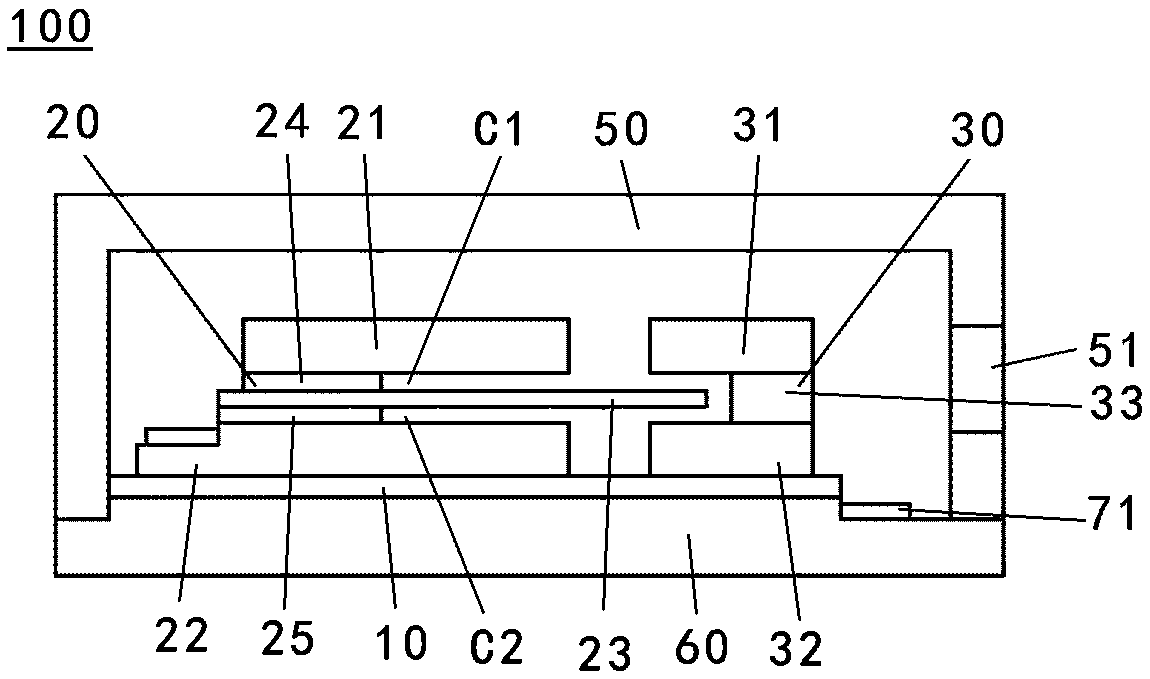Low frequency negative stiffness capacitive sensor
A capacitive sensor and negative stiffness technology, applied in the field of low-frequency sensors, can solve the problems of small sensor output value and submersion, and achieve the effect of nonlinear amplification
- Summary
- Abstract
- Description
- Claims
- Application Information
AI Technical Summary
Problems solved by technology
Method used
Image
Examples
Embodiment Construction
[0026] The following detailed description of the embodiments of the present invention covers numerous specific details in order to provide a thorough understanding of the present invention. It will be apparent, however, to one skilled in the art that the present invention may be practiced without some of these specific details. The following description of the embodiments is only to provide a clearer understanding of the embodiments by illustrating examples of the present invention. The present invention is by no means limited to any specific configuration set forth below, but covers any modifications, substitutions and improvements of related elements and parts without departing from the spirit of the present invention.
[0027] Below, combine Figures 1 to 2 To schematically illustrate the low-frequency negative stiffness capacitive sensor according to the present invention, wherein, figure 1 A schematic diagram showing a three-dimensional structure of a low-frequency nega...
PUM
 Login to View More
Login to View More Abstract
Description
Claims
Application Information
 Login to View More
Login to View More - R&D
- Intellectual Property
- Life Sciences
- Materials
- Tech Scout
- Unparalleled Data Quality
- Higher Quality Content
- 60% Fewer Hallucinations
Browse by: Latest US Patents, China's latest patents, Technical Efficacy Thesaurus, Application Domain, Technology Topic, Popular Technical Reports.
© 2025 PatSnap. All rights reserved.Legal|Privacy policy|Modern Slavery Act Transparency Statement|Sitemap|About US| Contact US: help@patsnap.com



